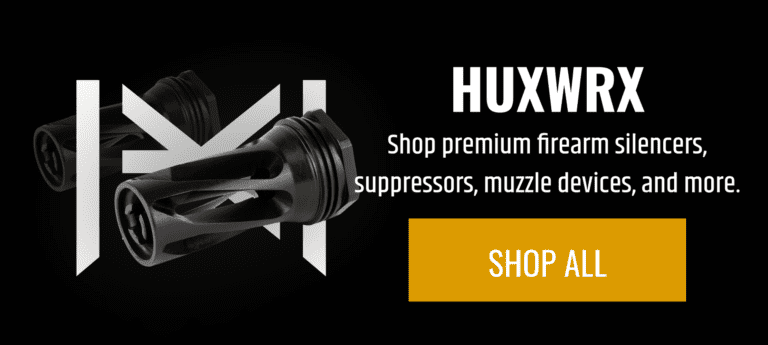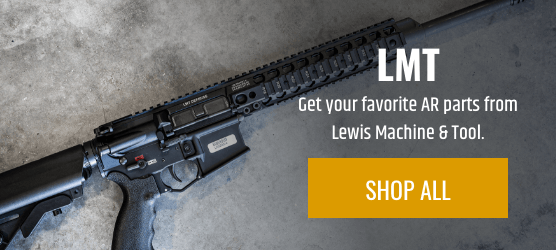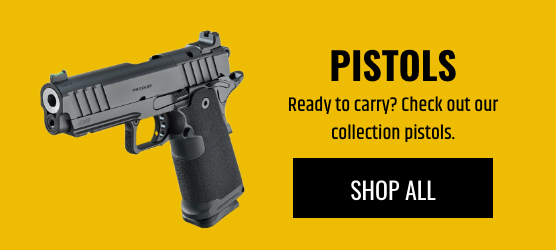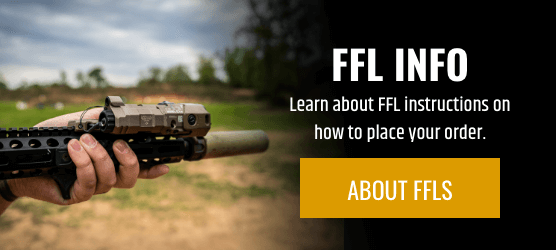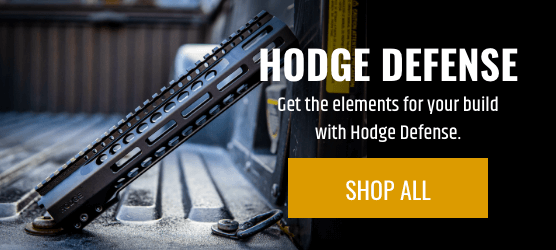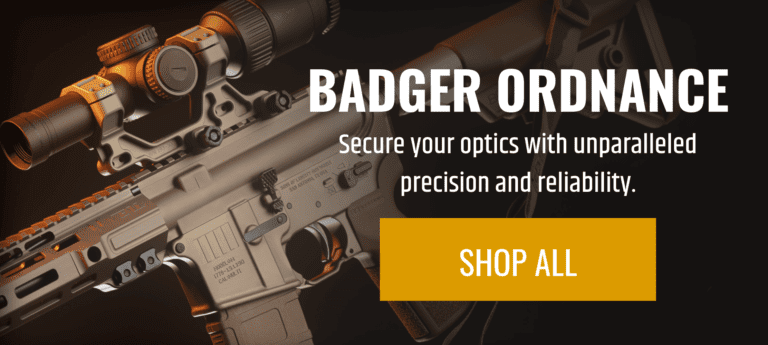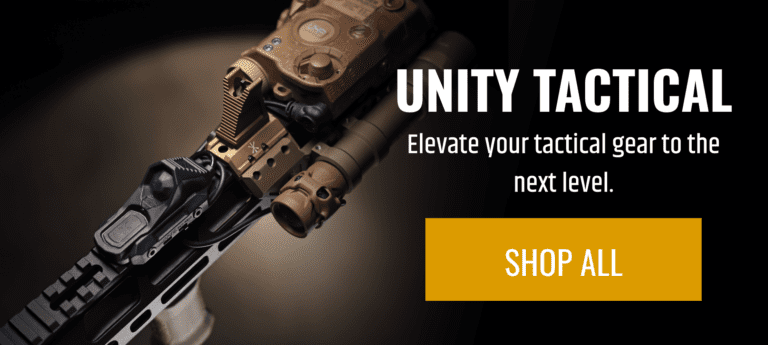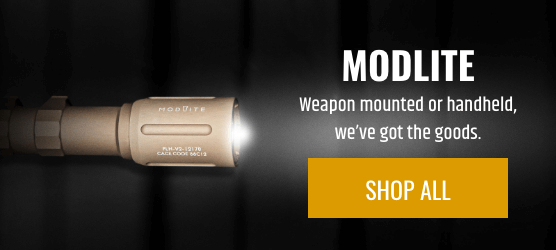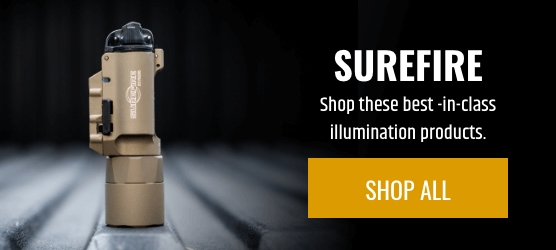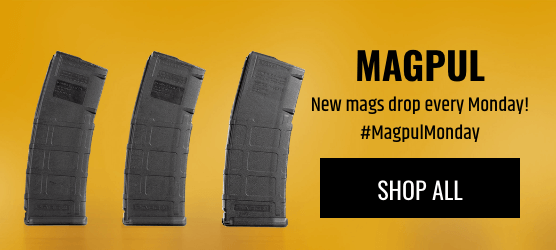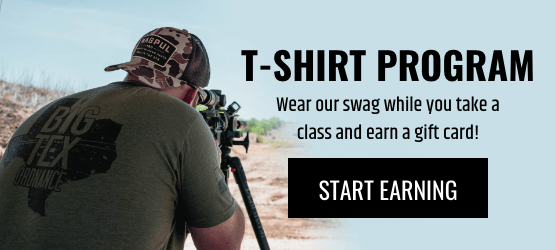

JDC DEFENSIVE SHOTGUN ESSENTIALS SEMINAR AAR
I’m not really much of a shotgun shooter. I do quite a lot of practice with rifles and pistols, but shotguns never seem to figure into the mix as much. This is generally because I shoot at indoor ranges most of the time, and they almost never allow birdshot or buckshot. Shooting slugs is an expensive, and often uncomfortable proposition. I know I am not alone with this problem.
When I see a shotgun class that works with my schedule, I jump on it. When Justified Defensive Concepts released their 2020 schedule and the Defensive Shotgun Essentials Seminar was on it, I signed up as soon as I could. Now that I’ve taken it, I can tell you what I think!
Class Title: Defensive Shotgun Essentials Seminar
Class Description: From the website: “The shotgun is kept as a defensive weapon in many homes around the Northern Virginia and Montgomery County areas, but the many myths and bad assumptions about defensive use of the shotgun have contributed to making it the most misunderstood weapon commonly available for defensive use. In Defensive Shotgun Essentials we will cut through the myths and misunderstandings and present tested, reliable information about the proper setup, loading, and use of the shotgun as an implement of personal defense.”
Instructors: The lead instructor was Tim Chandler. Tim is well-known for his work in this subject matter area in leading some top-notch shotgun classes, often with Ashton Rey of 360 Performance Shooting. The AIs were Brett Harnish, Jay Laluz, Kerry Brendel, Eddie Stapleton, and Nick Pecoraro. All of their bios can be found on the JDC website, but think “law enforcement or former law enforcement”, with the exception of Tim who is “just” a plain-jane civilian like yours truly.
There were about 15 people in the class, compared to six instructors. That is better than a 1:3 instructor:student ratio, and since the class was run in two relays, you had an instructor hands-on with you almost the entire time you were on the line.
Location/Date: The seminar (clinic? class?) was held at the NRA HQ range on 2/23/2020. Despite the new Virginia legislature’s attempt to literally shut them down, the NRA HQ range persists in having a clean, well-lit facility with a well-ventilated indoor range. About the only critique I had was the bullet/lead augur coming on during class range time, and making it harder to hear what Tim was saying.
Equipment Details: My gun of choice for this class was my old-school Remington 870 with 18″ barrel, IC choke, Magpul stock, Streamlight TL Racker handguard, ghost rings, Aridus mount, and Holosun HS403C reflex sight. I used my SOE 12 gauge micro chest rig for additional shotgun shell storage, and never ran out during drills. Side saddles were also from SOE, and had no shell retention failures (even with shells stored rim down). My ammo was a mix of birdshot (burning down some leftovers!), a bit of cheapo Estate 00 buckshot, and some premium 8 pellet Fed Flite Control 00 buckshot. I’d guesstimate a total round count of about 100, the vast majority of it birdshot.


Preparation Drills: I’ve been loading twins and trying to load quads in prep for three gun matches. I am not really practicing side saddle loads, and I think it showed.
Author’s Previous Experience: Civilian with no military or LEO background. Have shot some competition, but no accomplishments worth bragging about. Training junkie since April 2018, and have averaged a class a month since then. I am OK with a carbine, pretty good with a pistol, and just average with a shotgun.
Class Demographics: A little less diverse than usual – buncha white and Asian dudes, plus one (rather small) woman. Most people were running pumps of some sort, but there were a few autoloaders in the mix. Shell carrying styles ran the gamut, albeit I didn’t see anyone running Aridus QDAs or trying to run multiple saddles from AR mag pouches. No one seemed to be super awesome with a shotgun that I saw, which makes sense for a beginning class.
TD1 (evening): In a slight change of pace, the class kicked off at 5:30 PM instead of the usual 6:00 PM. This was to cover a slightly longer-than-usual classroom section. Speaking of timing, the Sunday night clinic format is absolutely phenomenal for people with families.
The classroom portion covered some genuinely interesting topics, such as the history of the shotgun, ammo selection, lethality / wounding, safeties, and so on. Even though I had seen a fair bit of the material at a previous shotgun class, it’s probably still my favorite classroom presentation in my training career. People presenting defensive handgun and rifle classes could probably take some cues from it – ammo and weapon selection is a thing!






There was a use of force presentation that did a good job of summarizing the essentials. During the presentation, we had a quality discussion about individual perspectives and how, say, a small Asian woman’s perspective of a physical confrontation is probably a little different than a big MMA fighter’s. We covered the rules of firearms safety briefly, but I don’t remember a medical brief. This is not such a big concern at a well-run indoor range like the NRA’s, but it’s good form to at least talk to it briefly. It is entirely possible I missed it, so I would not dwell too much on it. I will say that I did appreciate the care taken to make sure weapons were uncased safely at the appropriate time – you don’t mess around with any guns, but you REALLY don’t mess around with shotguns.
One other really nice improvement was that you got a sheet of the drills right in the classroom. This let me think a little bit about what was coming up, and made the whole endeavor a little less mysterious. It also makes for easier AAR writing, which you can imagine is something I appreciate!
Once the classroom time was over, we moved over to the range. As I mentioned, weapons handling was a major focus, and everyone was quite careful with their shotguns the entire night. No muzzling here, thankfully!
Range time kicked off with some dry-fire drills. These were focused on technique – things like how you stand, how you grip the gun, how you bring it to your line of sight, etc. Some of this is very similar to how you’d handle a carbine, but there are some differences due to the stout recoil of the 12 gauge shotgun. But a lot of it was focused on push-pull.
If you don’t know what push-pull is: you push the shotgun into your shoulder, and then right before you touch off the trigger, you pull the handguard forward. By doing this, you apply maximum control to the shotgun, and also mitigate recoil to a large extent. This is not dissimilar to how you control a typical SMG in full-auto mode. Push-pull really works. My arms were sore the next day from the weight of my shotgun; however, my shoulder and cheek were perfectly fine. The downside to the technique is that it does require some practice and training to do instinctively, and dry-fire is unlikely to alert you to when you get sloppy. However, even just pushing the gun hard against your shoulder will net you some substantial gains; Tim demo’d this by shooting a shotgun one-handed with no sign whatsoever of huge recoil.
Live-fire drills came shortly after this. Conceptually, what you’re trying to do in this class is run a home defense shotgun. That means a lot of practice doing emergency reloads, understanding the state of your gun (if you’re empty, leave the action open for your port reload!), using your sights correctly, stance, push-pull, and so on. It is a lot to remember!
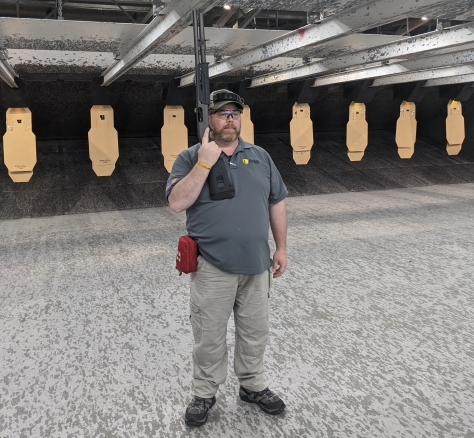

I won’t bother going through everything in detail, but I’d broadly divide them into four sets of drills:
- Cruiser-ready drills: starting with a loaded mag tube and an unlocked action, chamber a round and run through X number of rounds in your tube. This was a fun start to live fire, because who doesn’t love shooting?
- Loading drills: starting with a loaded chamber and mag tube, empty your gun, reload the open chamber from the port, load X shells into the tube, and then fire through them. (think along the lines of “2-reload-2”) This is where most people found out they sucked at reloading shotguns fast from a side saddle, me included.
- Distance/patterning drills: these were brief, but were essentially a demonstration of how great Federal Flite Control is vs cheapo buckshot at 15yds.
- Qualification: this was a 16rd defined course of fire where we shot from a variety distances. It included some mid-drill loads. Everything was on a timer, but par times were fairly generous. I would argue it’s more of a capstone drill than a true qual, but either way, it was a good way to end the class.
I really liked the drills, even though I think my technique was weak. As I mentioned in the “my experience” section, shotgun is probably my weakest skill, especially traditional/HD shotgun. You could use birdshot or buckshot as you pleased for most of these, so I went the cheap route and used mostly birdshot.
The class was divided into two relays, and the instructor to student ratio meant you were getting a lot of individual attention nearly all the time. This is, in my opinion, one of JDC’s biggest differentiators as a training outfit – the number of instructors they bring to a class is much higher than anyone else I’ve seen. This was especially helpful with something like a shotgun, where you can’t really do more than fire slugs in most indoor ranges, so most people don’t get a lot of practice outside of skeet/trap/clays.


Tim has a teaching style that I think takes a little getting used to. This is my fourth class with him – my second with him as a lead instructor – and I’m going to be blunt, there were a couple instances where he said things to me that rubbed me the wrong way, because I felt like it was critique without explanation. This is not to say he is not a very talented instructor – he definitely is, and I learned a few clever techniques from him during some one-on-one interaction. But I felt like maybe dialing it back a notch or two would have aided in communicating information. It’s probably unrealistic to expect 100% fit with every instructor, so I don’t want that to discourage people from taking this class. I had no issue with any of the assistant instructors, all of whom made useful suggestions during my time shooting.
I struggled a lot with port reloads – I kept trying to go under the gun like I was being shown, but I think I just didn’t have the technique down. I usually wound up getting frustrated and going over the top. Dry-fire would make this smooth, I’m sure. I had fewer issues with loading my mag tube from the side saddle, but could certainly see how more practice wouldn’t hurt.
I also had some issues with action management, in terms of “action open” vs “action closed” vs “action mostly closed but unlocked”. This isn’t something I really think about on semi-auto platforms – when you run dry, you lock open, and then you emergency reload. On a pump gun, there’s this state in between that you have to account for, and I was perhaps not great at accounting for it. I suspect some people were unlocking the action using the trigger on an empty chamber, but I am just not going to get into that habit.


Unlike last time, my 870 held up fine, with the exception of the lifter being a little finicky on a partially open action and me accidentally tossing a shell into the tube backwards early in the class. This necessitated a bit of remedial action with a screwdriver, but I was back in business after a couple minutes. That’s embarrassing, but on the other hand, it’s a user-induced malfunction, and I guess I’d rather experience it now than in some sort of real life situation. Plus, sometimes, you just need to be the example to everyone else of what not to do.
If anything, I think my biggest problem in class was how sore my support arm got from pumping and doing the “pull” from push-pull. After having run a Stoeger M3K for 3 gun, I am not sure I really want to run pump guns anymore. The 870 is a heavy SOB, it recoils hard, and running the pump over and over is annoying. Yes, pump guns are cheap, but I’d rather be using a Beretta 1301 or Benelli M2.
The SOE 12g Micro Rig worked well in terms of being able to quickly pull shells out. I know it’s a little over the top in appearance, but being able to grab shells quickly from fixed positions was helpful to me. I think you could have a philosophical discussion about whether you’re better off retaining on the vest vs slapping more side saddles on the gun, but that’s not a real world issue either way… if you haven’t solved your problem with what’s in the gun and the side saddle, your problem is probably not getting solved, at least not by you.
In terms of shooting things at distance, Federal Flite Control 8 pellet buckshot is the easy button, especially in combination with a red dot sight. That’s hardly a new finding, but it just got reinforced over and over again. According to my Internet research, the Flite Control wad’s patent expired back in May of 2019, which could result in a bunch of very cheap, very effective buckshot coming on to the market in the next few years. Very exciting!


Class Debrief: We packed up our stuff, got certificates, and had a last opportunity for questions.
After Class: It was 10PM when we wrapped up, so people just went home.
Conclusions: I didn’t realize just how rusty I had gotten with side saddle reloads – nearly 100% of my shotgun dry-fire time is spent on multi-gun reload techniques from a belt carrier, and if I wind up with a locked-open gun, I slam a stage saver into the port from my handguard. You can imagine that this class was a much different experience from that sort of reloading!
I learned a lot. I had fun. I do think I got my money’s worth. The simple truth is that quality shotgun training is hard to come by, and we are extremely lucky to have Tim in the area delivering it via JDC and other providers. Looking back through my notes on Tim’s full day class at FPF Training, I was impressed with the way the live-fire curriculum was condensed down to provide most of the same value in a lot less time.
I recommend the class for anyone who’s trying to improve with their home defense shotgun skills. If you are exclusively running a shotgun for multi-gun or skeet/trap/clays, it might not have as much relevance, but I promise you’ll still learn something useful.





